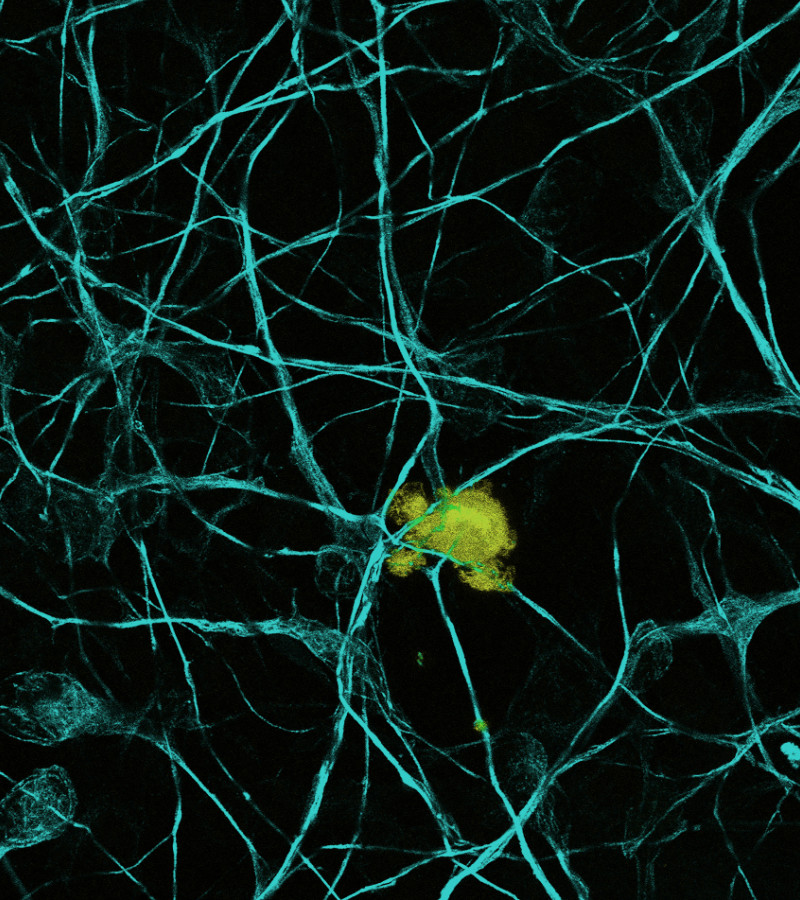REMaST®️
The value of an idea lies in the using of it ~ Thomas Edison
REMAST ®
Regenerative Educated Macrophages Self Transplantation
Hemera’s therapy uses a particular immune cell type, macrophages, educated in vitro to best express their pro-regenerative capacity even in a hostile microenvironment such as that of damaged spinal cord.
In spinal cord lesions, a local microenvironment unfavorable to the regeneration of damaged nerve fibers is established within a very short time. This is the main reason for failure to recover from injuries to the nervous system.
Experimental data show that the restorative ability of the nervous tissue can be significantly improved by acting on the lesion’s environment.
The discovery laying the groundwork for Hemera’s therapy is that cells belonging to the immune system, when properly “instructed”, promote the restoration of conditions optimal to nervous tissue regeneration.
Field of application
The currently investigated application concerns severe spinal cord lesions, when the damage is so serious that motor recovery, either spontaneous or by means of physical rehabilitation, is impossible.
REMAST therapy is intended as an early intervention, to be started between two and eight weeks after a traumatic lesion of the spinal cord, when the tissue repair process has not been completed, before the chronic phase takes over.

The regeneration promoting process
REMAST therapy is based on specific autologous (i.e., patient’s) cells: macrophages.
Macrophages are obtained from patient’s blood and in vitro exposed to culture conditions mimicking the cellular growth in a hostile microenvironment, following a 7-days patented protocol.
This process allows the formation of a “cell bioreactor”, called REMAST, that stands for Regenerative-Educated-Macrophages-Self-Transplantation.
Once applied in close proximity to the lesion site, REMASTs interact with the microenvironment and with spinal cord cells, promoting the regeneration of the damaged nervous tissue.
Phases of project development
The REMAST therapy development path began with an intuition coming from the interaction between neurological and immunological research, a reflection of the multidisciplinary nature of our project. After a few years of preclinical development, the first experimental phase concluded with very promising results, which led to the creation of the biotech company. Hemera begins its journey towards clinical trials.
Preclinical development
In this first phase, Hemera tested its therapy in preclinical in vitro and in vivo models with very promising results. The application protocol proved to be effective in favoring motor recovery after a spinal cord lesion.
Clinical trials
In the coming years, Hemera aims to initiate a multicenter Phase 1-2 clinical trial to prove the safety and efficacy of REMAST advanced therapy in humans, treating patients with traumatic and complete spinal cord injury in the subacute phase.
Stay informed on Hemera’s latest activities with our Newsletter.
